The German artist Thomas Schütte (b. 1954) is best known for sculptures that tip the human form into the realm of the grotesque and the satirical: United Enemies (1994), for instance, a bell jar populated by deformed clay models; and Vater Staat (2010), a large bronze sculpture of what looks like an unspecified authoritarian ruler whose body is constrained by a comically tight robe. Schütte studied under Gerhard Richter in Düsseldorf and in the early part of his career mounted sustained critiques of minimalism and conceptual art, preferring to make work that addressed, directly or indirectly, cultural and social history. This retrospective at MoMA goes far beyond the sculptures for which he is best known, offering a full survey of Schütte’s career that moves from watercolours to ceramics and sketches to Lego-based architectural models (29 September–18 January 2025).
Find out more from MoMA’s website.
Preview below | View Apollo’s Art Diary

United Enemies (1994), Thomas Schütte. Photo: Peter Cox; © 2024 Thomas Schütte/Artists Rights Society (ARS), New York/VG Bild-Kunst, Bonn
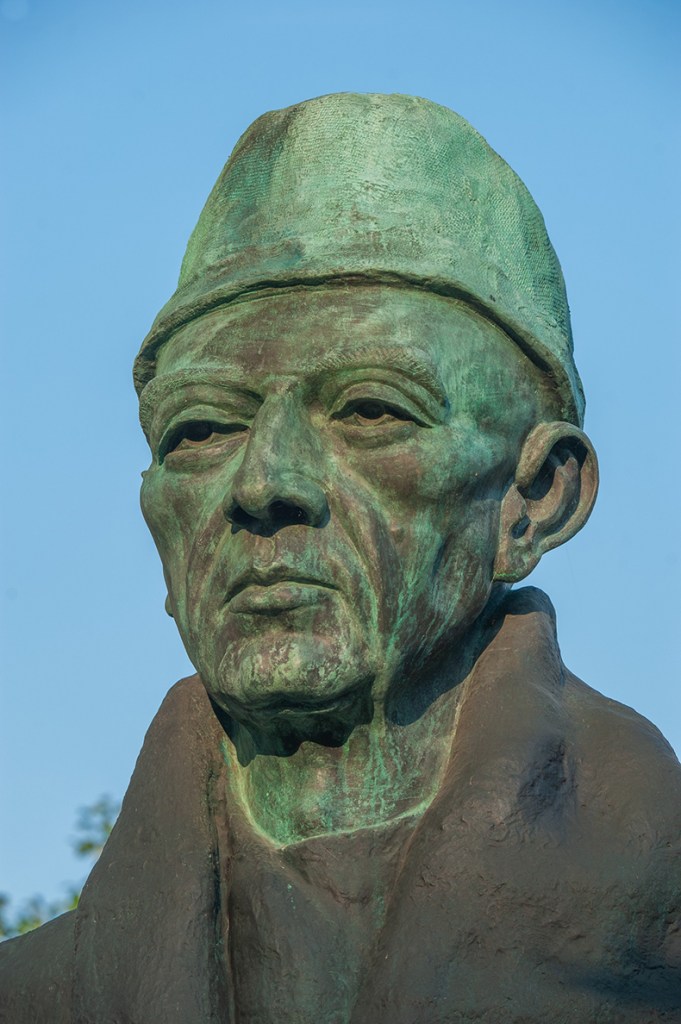
Vater Staat (Father State) (1994; detail), Thomas Schütte. Photo: Steven E. Gross; © 2024 Thomas Schütte/Artists Rights Society (ARS), New York/VG Bild-Kunst, Bonn

Pringles (2011), Thomas Schütte. Photo: Luise Heuter; © 2024 Artists Rights Society (ARS), New York/VG Bild-Kunst, Bonn; © 2024 Thomas Schütte/Artists Rights Society (ARS), New York/VG Bild-Kunst, Bonn
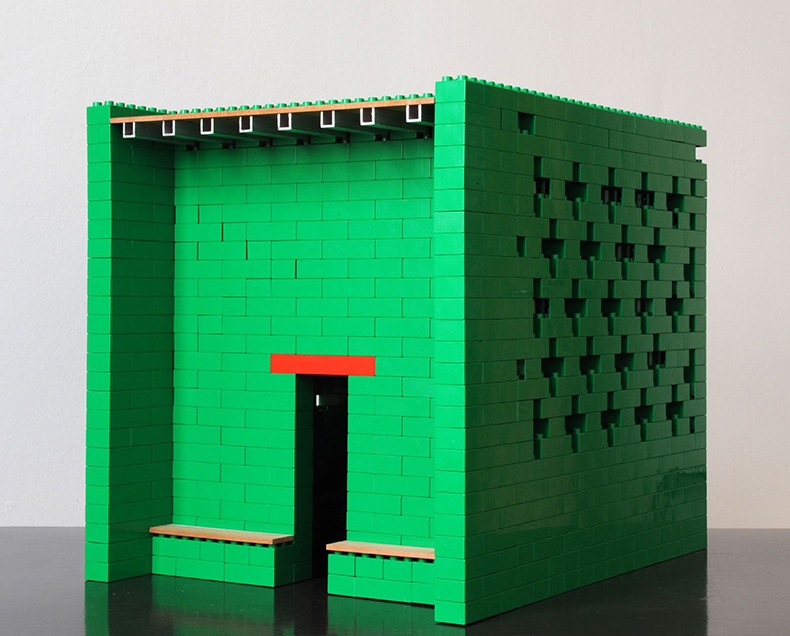
Ackermans Tempel III (Modell 1:10) (2011), Thomas Schütte. Photo: Luise Heuter; © 2024 Artists Rights Society (ARS), New York/VG Bild-Kunst, Bonn; © 2024 Thomas Schütte/Artists Rights Society (ARS), New York/VG Bild-Kunst, Bonn






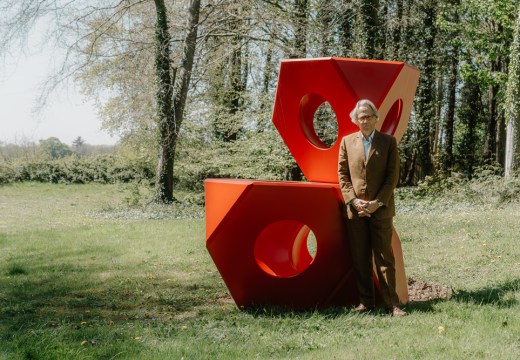

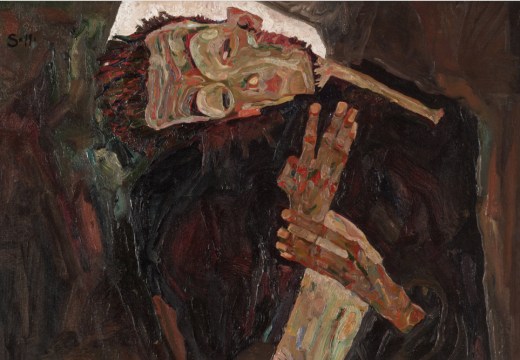

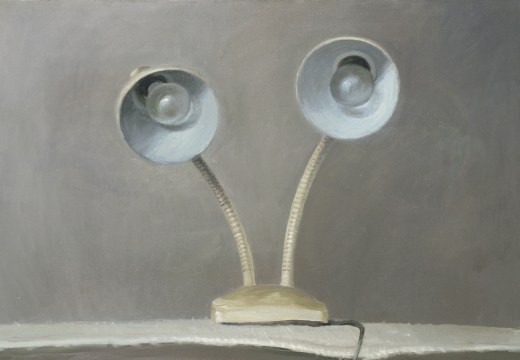
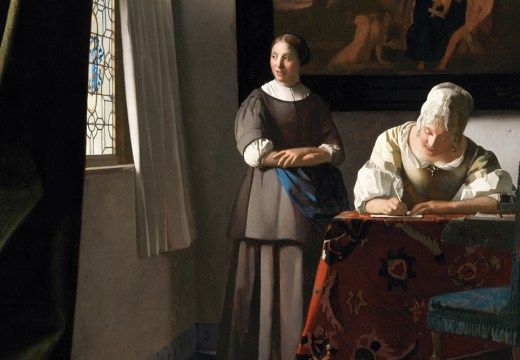
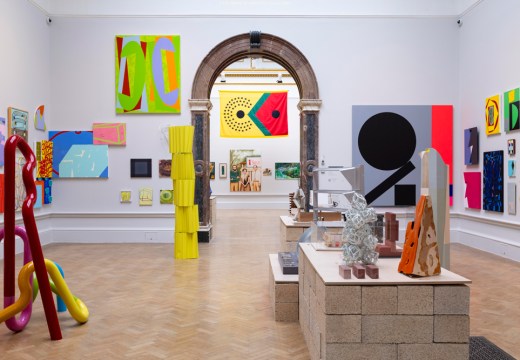
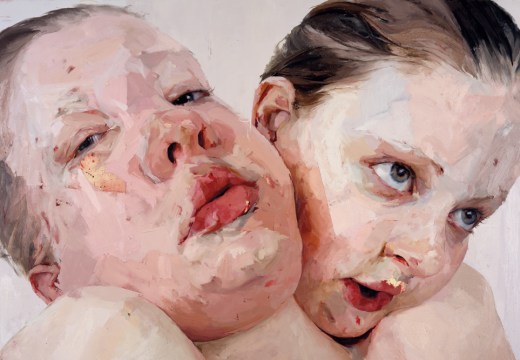
![Masterpiece [Re]discovery 2022. Photo: Ben Fisher Photography, courtesy of Masterpiece London](https://apollo-magazine.com/wp-content/uploads/2022/07/MPL2022_4263.jpg)
‘A revolutionary flame burned bright within him’: David Bindman (1940–2025)